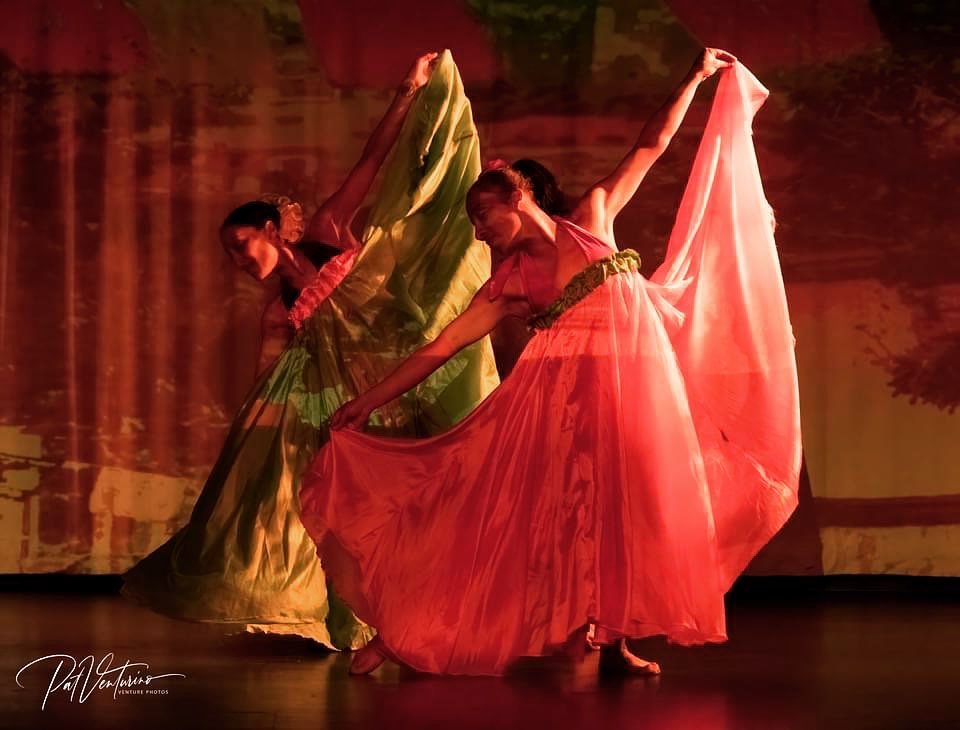About Dance Fridays
Wiki Article
The Ultimate Guide To Dance Fridays
Table of ContentsDance Fridays for DummiesThe 10-Minute Rule for Dance FridaysTop Guidelines Of Dance FridaysNot known Facts About Dance Fridays
Dancing kind Salsa training in Ecuador Salsa is a Latin dance, connected with the music genre of the same name, which was initial popularized in the USA in the 1960s in New York City City. Salsa is a combination of Cuban dancings, such as mambo, pachanga, and rumba, along with American dancings such as swing and tap. As American dances such as swing and faucet.
The standard Salsa dancing rhythm consists of taking three steps for every four beats of songs. Salsa dancers can likewise break apart to dance solo, referred to as "lusters". Both main styles of salsa are linear and circular. In straight salsa, dancers stay in their "port", switching places from one side of the slot to the other, similar to West Coastline Swing New Yorkstyle salsa and LA-style salsa are both danced in this manner.

The Basic Principles Of Dance Fridays
Salsa dance is a worldwide dance that can be found in a lot of urbane cities worldwide - https://www.openlearning.com/u/evanmargolin-s54ryp/. Events are held yearly, usually called a Salsa Congress, in numerous host cities aimed to bring in a range of salsa dancers from other cities and nations - salsa crazy. The occasions bring dancers together to share their enthusiasm for the dancing, build area, and share steps and pointersVideo demonstrating salsa dance fundamentals Over the years, several different designs of salsa dancing have actually evolved around the world. Incorporating other dancing styling techniques right into salsa dancing has also come to be usual, with dancers of one style incorporating designs and activities of others to develop brand-new combinations of dancing styles.

Among the most prominent figures in New york city design salsa is Eddie Torres - salsa crazy (called "the Mambo King"), who is credited with aiding to formalize the on 2 salsa timing (based upon mambo) and helping to promote it by showing it in dancing studios in New York and with very early instructional tapes
All About Dance Fridays
Standard step for LA style, with leader's action in blue Salsa program dance Los Angeles design salsa (LA design) is danced "on 1" where professional dancers damage ahead on the very first beat of the songs, in comparison to New York style which is danced on 2. LA style salsa is danced straight or "port" with professional dancers trading positions throughout the dancing, unlike Cuban salsa which is danced in an extra round style.In this pattern, the leader advances on 1, tips to the right on 2-3 while transforming 90 degrees counter-clockwise (encountering to the left), leaving the port open. https://www.pageorama.com/?p=salsacrazysf1. The follower after that tips direct on 5-6 and activates 78, while the leader makes another 90 degrees counter-clockwise and somewhat forward, coming back into the slot
The "Vazquez Brothers" (Luis Vazquez, Francisco Vazquez, and Johnny Vazquez) are attributed for the early development and growth of LA Style. Luiz Vazquez was the co-founder of Los Angeles's first salsa dancing group, Salsa Brava.
Later see here now on dancers such as Alex Da Silva, Christian Oviedo, and Liz Lira are likewise attributed with establishing the LA design of dancing as we know it today. [] In Cuba, a prominent dance recognized as Gambling enterprise was marketed as Cuban-style salsa or Salsa Cubana abroad to identify it from other salsa styles when the name was popularized internationally in the 1970s.
Excitement About Dance Fridays
The name Gambling enterprise is stemmed from the Spanish term for the casino, "Online casinos Deportivos" where much social dancing was done among the better-off, white Cubans during the mid-20th century and onward. Historically, Casino traces its beginning as a partner dance from Cuban Son, Cha Cha Cha, Danzn and Guaracha.This suggests that no step is taken on the very first and fifth beats in each clave pattern and the 4th and eighth beat are emphasized. By doing this, instead than complying with a beat, the professional dancers themselves add in their movement, to the polyrhythmic pattern of the songs. At the very same time, it is typically danced "a tiempo", although both "on3" (originally) and "on1" (nowadays).
Report this wiki page